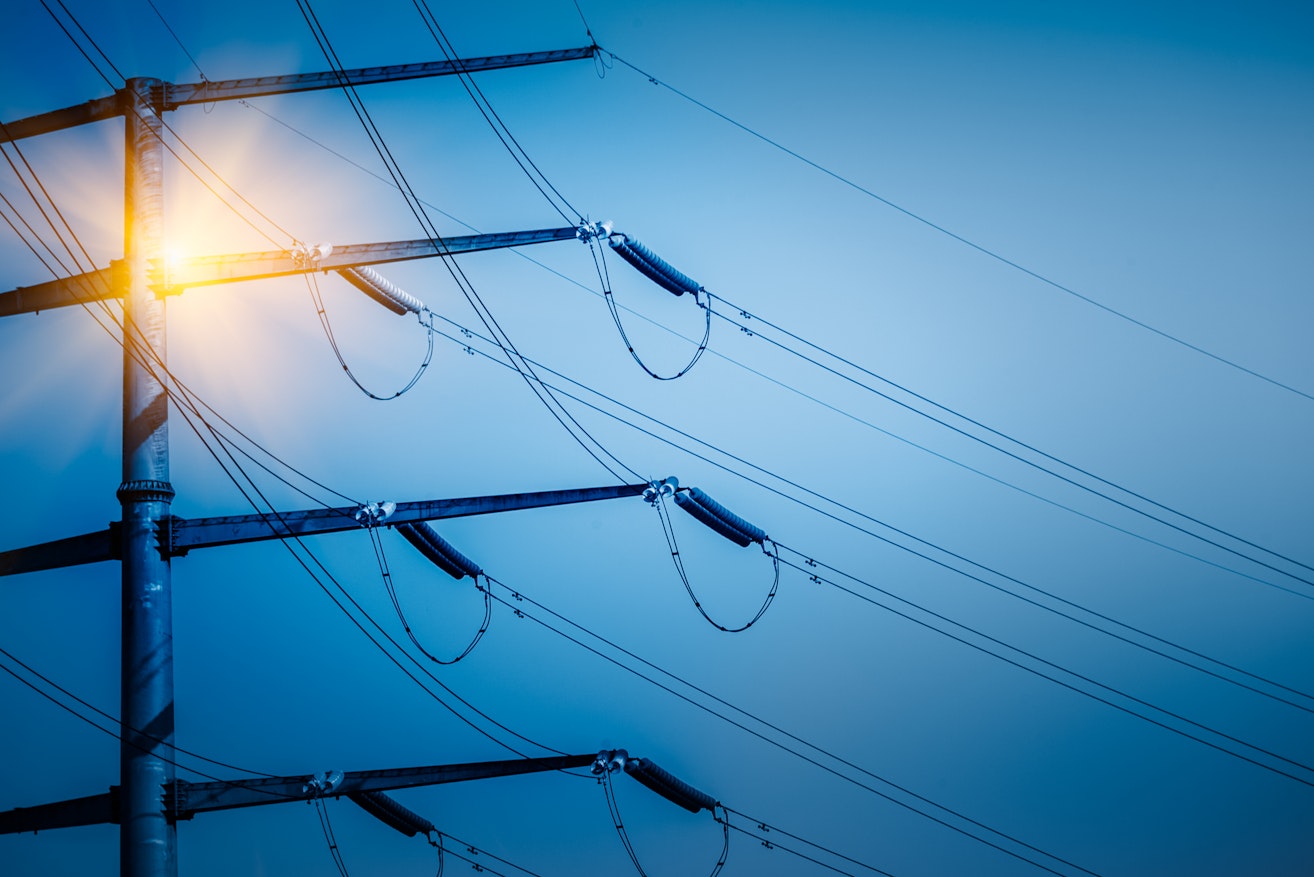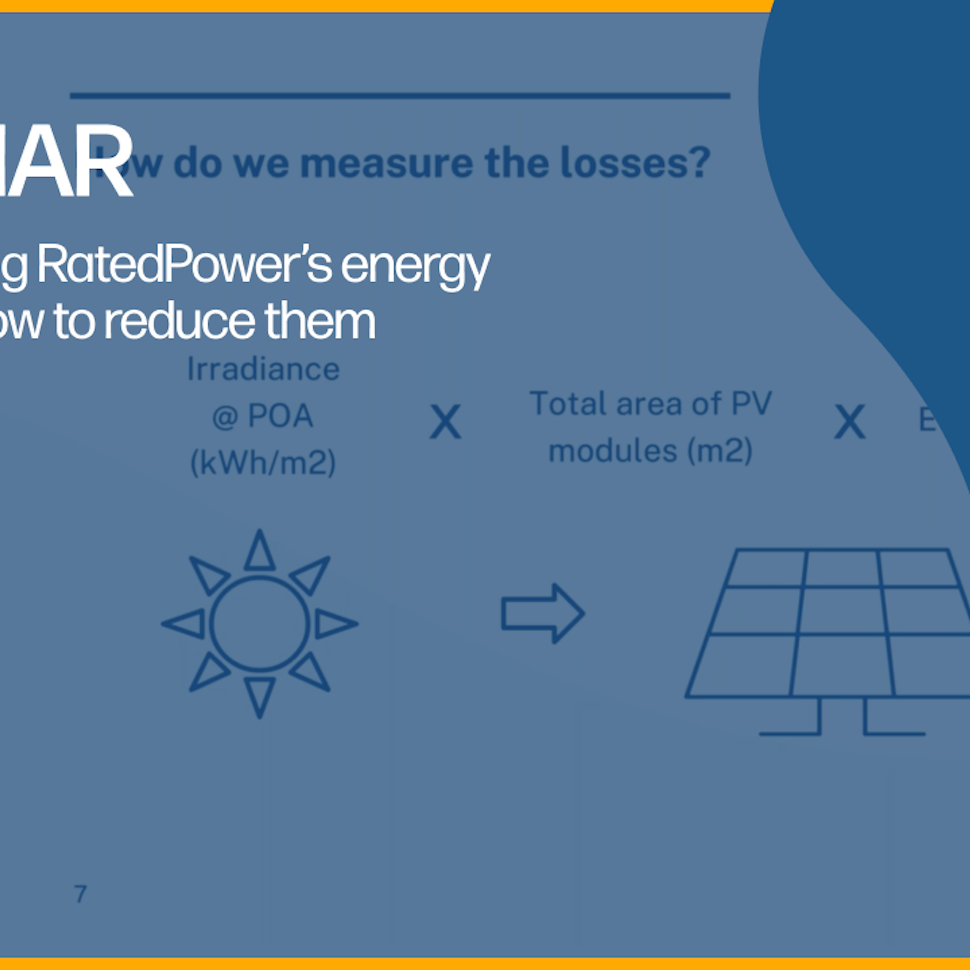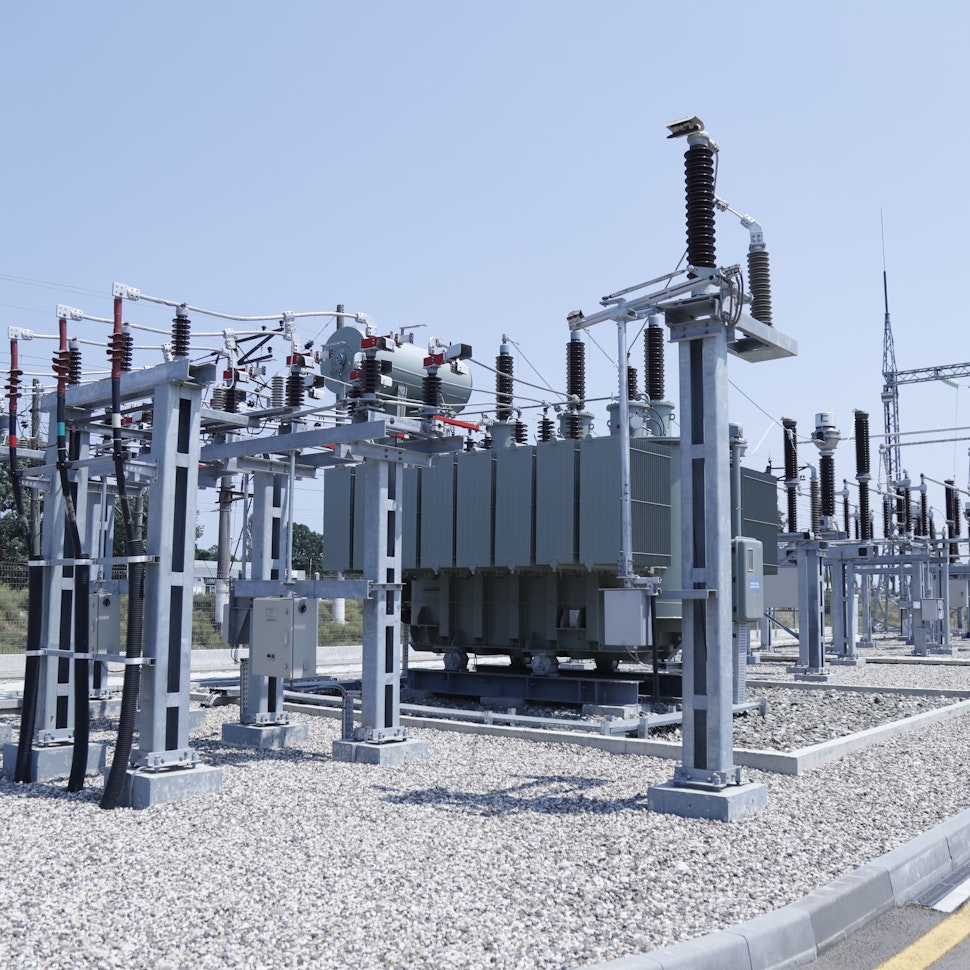What is solar curtailment and solar clipping?


Jeremy Vickerman
Senior Content Manager
Senior Content Marketing Manager at RatedPower with extensive experience in content strategy, production, and communications. Over a decade of expertise spanning marketing, recruitment consulting, and public relations across the UK and Spain, with a strong track record in driving brand visibility and audience engagement.



Learn about solar curtailment and solar clipping, including definitions, causes, and curtailment reduction strategies for solar PV plant operators.
Content
What is solar curtailment?
Solar curtailment definition: Solar curtailment is the intentional reduction or restriction of solar power generation from photovoltaic (PV) or solar thermal systems due to factors such as oversupply, grid congestion, or lack of demand.
When solar power generation exceeds the grid’s capacity, it is unable to absorb or distribute it effectively. Curtailment may be necessary in these conditions to maintain grid stability and prevent damage to electrical infrastructure. Curtailment is often seen as a last-resort measure as it results in wasted energy and lost revenue.
Several factors can lead to solar curtailment:
Grid congestion: Curtailment may be necessary when the local electricity grid cannot accommodate the excess solar power generated.
A mismatch between supply and demand: Curtailment may be required if there is insufficient demand for the electricity generated.
Transmission constraints: Curtailment may be necessary to prevent congestion on transmission lines in regions where there are limitations on transmitting electricity produced from areas of power generation to areas of high consumption.
System balancing: Curtailment may be used by grid operators to maintain the balance between electricity generation and demand during intermittent weather, which is crucial in the case of intermittent energy resources such as solar power.
What is solar clipping?
Solar clipping definition - Solar clipping occurs when a solar PV system reaches its maximum power output capacity but cannot fully utilize it. This typically happens when the solar panels generate more electricity than the inverter can convert or handle, leading to a portion of the solar energy being “clipped” or not utilized.
Solar clipping primarily occurs in systems with oversized solar arrays relative to the inverters' capacity. When solar panels produce electricity at their maximum capacity, but the inverters cannot convert all of it due to their limited capacity, the excess energy is essentially wasted or “clipped.” This can happen during periods of peak sunlight or when the temperature is optimal for solar panel performance.
Solar clipping is a consideration for system designers and installers when sizing solar arrays and selecting inverters. Properly matching the capacity of inverters to the expected output of solar panels helps minimize clipping and ensures efficient utilization of solar energy. However, sometimes, a certain degree of clipping may be acceptable if the benefits outweigh the losses from unused solar energy.
Why is curtailment an issue for variable renewables?
Curtailment poses a significant challenge for variable renewables like solar and wind energy due to their intermittent and unpredictable nature. The fluctuating output of renewables often leads to mismatches with electricity demand. Limited storage capacity, power grid constraints, and economic factors further exacerbate renewable curtailment issues.
Curtailment directly translates to energy and revenue losses. Solar PV power plants need plenty of energy storage systems to mitigate these losses and store excesses during low demand or high generation times. Unfortunately, storage capacities aren’t always enough to manage this. This, along with infrastructure limitations and market dynamics, can contribute to curtailment decisions.
Efforts to minimize curtailment are essential for maximizing the integration of variable renewables and achieving a more sustainable and resilient energy system. Addressing these challenges requires technological advancements, grid modernization, energy storage deployment, flexible demand-side management, and supportive policies.
Different types of curtailment
Here are some different solar curtailment models.
Distributed generation management
Distributed generation management involves coordinating electricity generation from distributed energy resources (DERs) such as solar PV systems, wind turbines, and energy storage devices.
This approach aims to optimize the integration of these resources into the grid while ensuring grid stability and reliability.
Solar curtailment may be implemented at the distribution level to manage the output of distributed solar generation to match local demand and grid conditions.
Automated inverter settings
Automated inverter settings refer to the use of advanced control algorithms and communication technologies in solar inverters to adjust their operating parameters automatically based on grid conditions and commands from grid operators.
In the context of solar curtailment, inverters can be programmed to reduce the output of solar PV systems in response to signals indicating grid congestion or when there is too much electricity. This helps to maintain grid stability and prevents the overloading of distribution power lines.
Static export limits
Static export limits involve setting a fixed maximum limit on the amount of electricity that can be exported from a solar PV system to the grid under normal operating conditions. This limit is typically determined based on technical constraints such as the capacity of the grid infrastructure or regulatory requirements.
Solar curtailment through static export limits ensures that solar PV systems do not exceed the capacity of the grid to absorb their output, minimizing the need for manual intervention by grid operators.
Dynamic operating envelopes
Dynamic operating envelopes define dynamic limits or boundaries within which solar PV systems must operate based on real-time grid conditions and constraints. These envelopes consider factors like voltage levels, frequency, and grid congestion to determine the allowable range of solar generation.
Solar curtailment within dynamic operating envelopes allows for flexible adjustment of solar output in response to changing grid conditions, helping maintain grid stability and reliability.
Economic curtailment
Economic curtailment involves the voluntary reduction or curtailment of solar generation by solar PV system owners or operators based on economic considerations. This may occur when the cost of generating electricity from solar PV exceeds the market value or when grid operators offer financial incentives for reducing generation during periods of oversupply or low demand.
Economic curtailment allows solar PV system owners to optimize their revenue streams while supporting grid stability and balancing supply and demand.
How can you reduce the effects of curtailment in your solar PV plant?
Solar PV plants can minimize curtailment through various means, including improving grid infrastructure, implementing energy storage solutions, adjusting electricity pricing mechanisms, and incentivizing flexible electricity consumption.
One of the most effective ways to reduce curtailment is by using tools such as the RatedPower software. RatedPower can assist users by considering curtailment from the start of the design and planning phase and thus help them optimize their designs better to avoid any unwanted losses or extra costs.

Design utility-scale solar at lightning speed
RatedPower's energy losses and how to reduce them
Join our Product Owner, Gorka Arrieta and explore the key aspects of front-face losses, back-face losses and electrical system losses and gain tips on maximizing energy efficiency in your PV projects

Latest stories
Related glossary posts
Technology and engineering
How solar zenith and azimuth impact panel efficiency
Updated 8 SEP, 25

Technology and engineering
Albedo and Solar Power: What You Should Know
Updated 8 SEP, 25

Technology and engineering
What is a solar substation and how to customize yours with RatedPower software
Updated 5 MAY, 25

Related posts
Technology and engineering
Outsmarting congestion: How efficient solar design helps navigate Nordic grid limits
Learn how Nordic operators and solar developers are adjusting to tighter grid conditions and how policy and design decisions are keeping projects on track.
Updated 16 DEC, 25

Technology and engineering
The rise of ultra-thin perovskite solar cells
Learn about Japan’s $1.5B initiative to commercialize ultra-thin, flexible perovskite solar cells and how it could transform the solar landscape globally.
Updated 30 SEP, 25

Technology and engineering
The green hydrogen boom in LatAm
Latin America is emerging as a green hydrogen leader. Learn how LatAm countries are leveraging solar and wind power to drive green hydrogen production.
Updated 22 JUL, 25

- RatedPower
- Glossary
- C
- Curtailment
 Watch a demo
Watch a demo Ask our AI Product Expert
Ask our AI Product Expert



